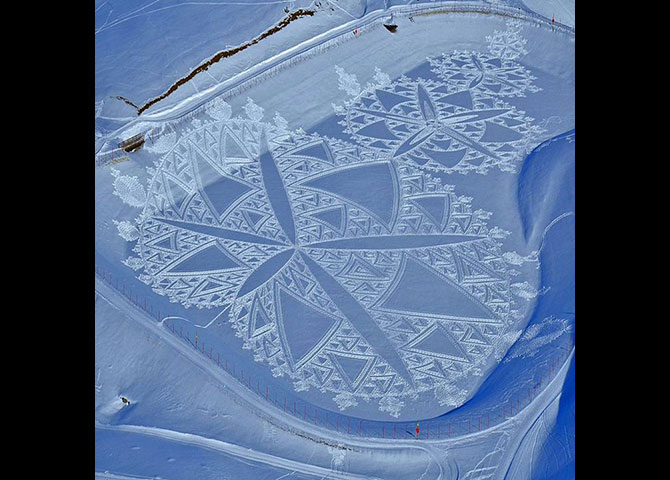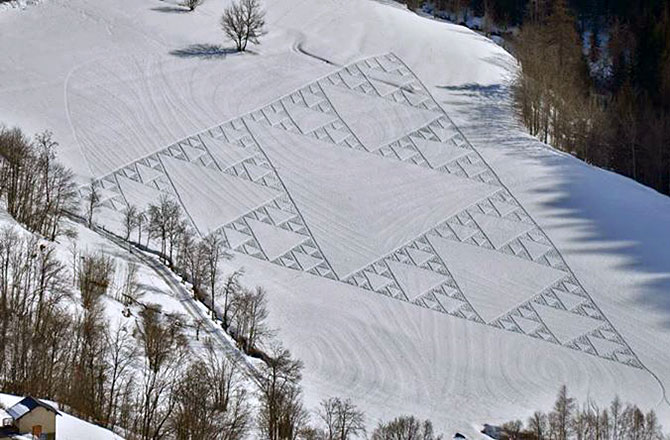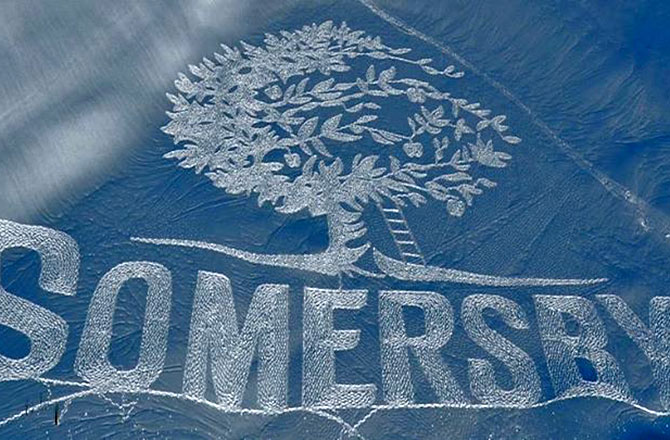Reading Four: I found the reading Six Degrees of Interconnection extremely interesting because I never though much about how connected we are to others whether we know them personally or not. I found it interesting when the author
discussed the connection to our friends-friend and their friend etc. because it made me think about social media today and our connection to people we have never even met. This article made me think about instagram or twitter where we follow people who we have never met but we feel a sense of connection to
them because they are a friend of a friend. Or even sitting here watching the olympics and watching Polina the youngest US ice skater and a friend of one of my teammates which makes me feel a connection to her, almost as if I know her myself. The author makes a statement of how connections we have through social media are
so complex we cant understand them without computers. Which is an interesting statement because I look at some of the friends I have in common with a friend and I wonder how they know each other.
In the reading Six degrees of separation the author discusses how each person is only 6 persons away from one another. He did an experiment using random people from two different states and chose a target for them to reach. This experiment was extremely interesting and eye opening
to the connections we actually do have. He also discusses the 19 degrees of separation through the web. He states that the reason our rearation is not too far is because we have a need to stay in touch and social media makes this easy for us. I found this extremely interesting because it is so true. When I met people in europe my
instant thought was to add them on facebook. I keep in touch with each of them just because I can thanks to social media. I dont ever think about if these connections could help me in the future or not but one day they might.
In the article “The Art of Cyberspace” by Levy the author discussed how art, through the internet, has become collaborative and an open processes. With the modern technology of the internet all people are able to see art work, and even participate. This reminded me of this music video in which an
artist created screen shots of the music video, he then allowed anyone on the internet to participate in creating a drawing of that screen shot to recreate the video. This creates a world of art where there can be more than one author of an art work. This also shows how the internet can create networks of people. This also brings up
the idea of originality, if anyone is able to access it and use it the piece may lose the author. Art work on the internet also becomes a problem of people taking other art work as their own. This is interesting to me because I find joy in copying other peoples art. I like to test myself to see if I can get into that artists mind and create the work the same way they originally did.
In the article “The image Object Post-Internet” by Artie Vierkant the author discusses how art is a social object and that it is meant to be shared. Which I partially agree with in the sense that most art is meant to be sold and discussed thats why there are art shows, but I also believe that art is done
for other reasons like to pass time or just for some emotional therapy. For me personally sometimes I dont like to show my art to other people because it is something I made for my own benefit, although majority of the art I do make is made for other people.


 In the article by Janet Zweig the author discusses the connection of math and art. This reminded me of the artist Simon Beck, an artist from Great Britain. Simon Beck creates geometrical and mathematical pattern art over frozen bodies of art. You can see more here: Snowshoes and Math create Frozen Art
In the article by Janet Zweig the author discusses the connection of math and art. This reminded me of the artist Simon Beck, an artist from Great Britain. Simon Beck creates geometrical and mathematical pattern art over frozen bodies of art. You can see more here: Snowshoes and Math create Frozen Art
